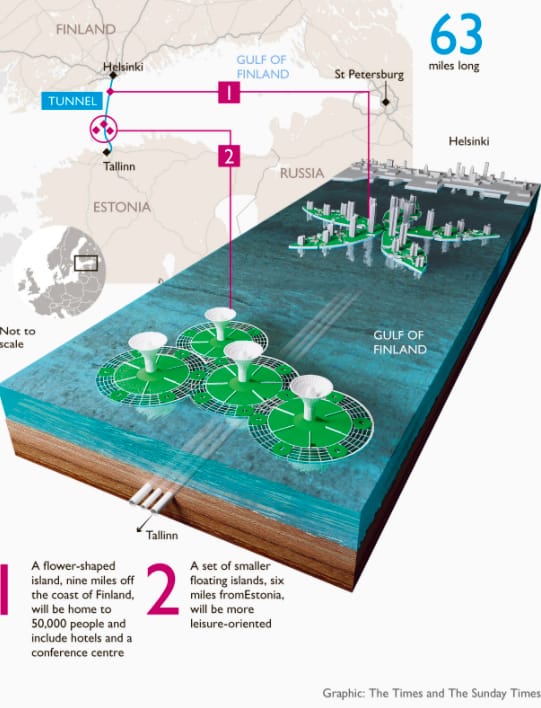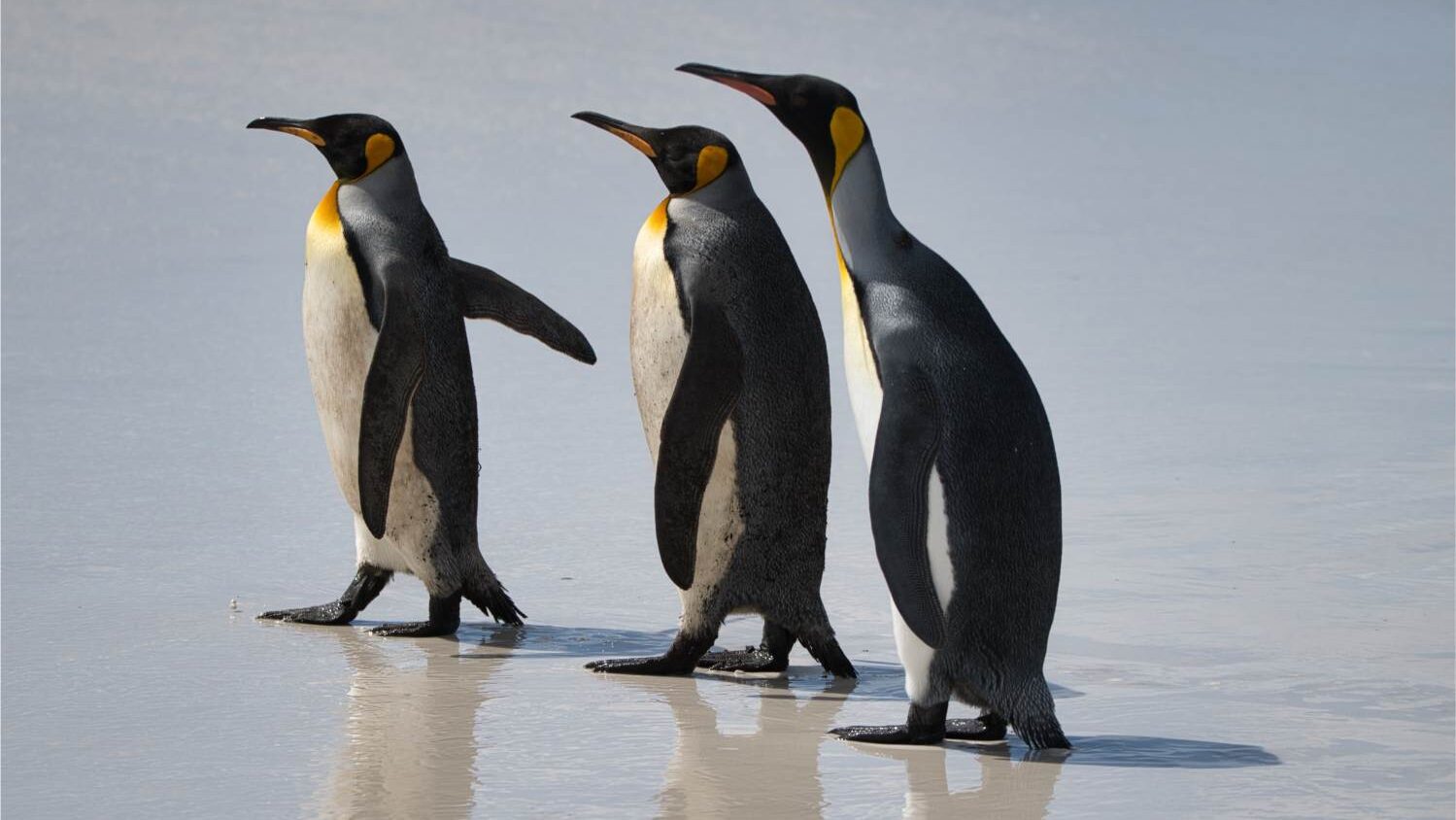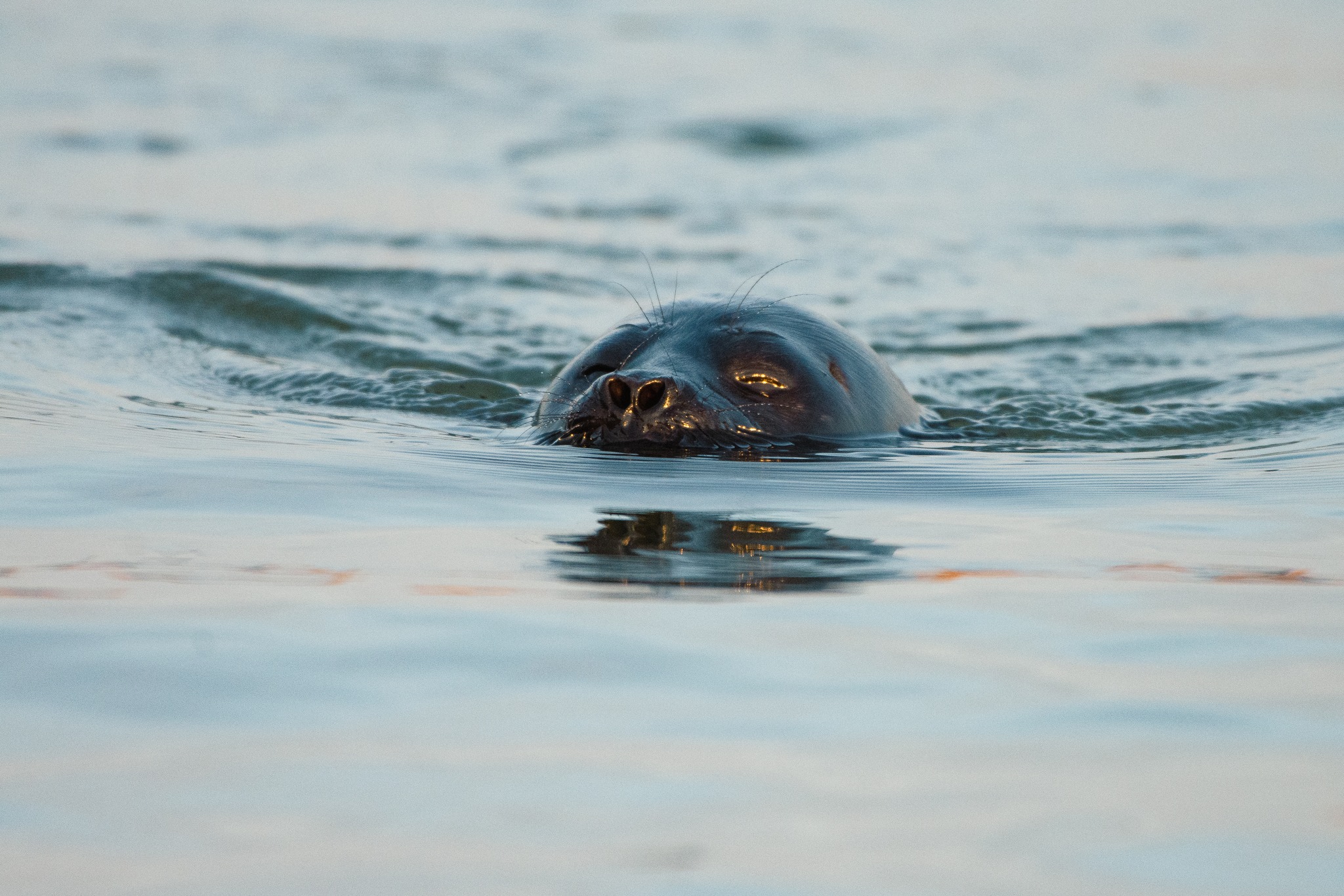The world has heard several concerned pleas since then to reduce humanity's use of fossil fuels to prevent global catastrophe. In April 1974, US Secretary of State Henry Kissinger spoke at the United Nations General Assembly, bringing the “possibility of climate changes in the monsoon belt and perhaps all around the world” to the attention of an international audience.
One of the most haunting presentations of information about climate change came from David Guggenheim's 2006 documentary An Inconvenient Truth. In this film, former U.S. Vice President Al Gore suggested that by 2014, Arctic sea ice could be gone in the summer months. While this hasn't happened, in September 2022, science and conservation news platform Mongabay reported that “Arctic sea ice extent shrank to its summertime minimum this week — tied with 2017 and 2018 for the 10th lowest ever recorded.” Moreover, the World Meteorological Organization reported that “global mean sea level has risen by an estimated 3.4 ± 0.3 mm per year” between 1993 and 2022.
Although there is hope that advances in technology and changes in lifestyle habits will eventually reduce the industrial and consumer impact on the climate, the fact that change isn't happening quickly enough means that solutions to cope with climate change's impacts are something worth contemplating.
Considering the impact of sea level rises on people and property in low-lying areas, including Estonia, the inception of the FinEst Bay Area Project in 2016 was something very enticing.
Co-founded by Finnish entrepreneur Peter Vesterbacka (who was among the team that created the popular mobile game Angry Birds) the project is centred around a rail tunnel that will connect Helsinki-Vantaa Airport and Tallinn Airport. While the prospect of reducing a two-hour ferry journey to a 20-minute train ride through what would be the longest underwater tunnel in the world is exciting enough, there is one other detail that merits discussion.

Above the 103 kilometre long tunnel would be two sets of artificial, floating islands on the Gulf of Finland. One of these, approximately 14 kilometres from Finland, has been designed in the shape of a flower, with five “petals” containing hotels, a conference centre, and housing for 50,000 people. The set of platforms on the Estonian side, approximately nine kilometres away from the coast, is called “Green Float Tallinn.” This part is intended to be “a satellite for nature recreation and leisure times but also a place for living, education and work.” The island design has a habitable area of about 1.2 by 2.5 kilometres and three layers “(breakwaters) to even out wave and ice impact.”
Over the years, cooperation for the FinEst Bay Area Project has been extended on both sides of the gulf, including Estonia's Minister of Economic Affairs Riina Sikkut who said in November 2022 that “The current situation in both Estonia and Finland is that there is, indeed, a strategic need to connect the two cities.” In addition, her meeting with Vesterbacka presented the possibility of the rail tunnel's completion “once the planning and logistics are worked out: the end of the 2020s, or something close to it.” A report from British newspaper The Times highlighted the project estimate of six months for preparatory work and two years of tunnel boring. Financing for the tunnel amounts to 15 billion Euros from the Chinese investment company TouchStone Capital Partners.
Are there ecological drawbacks to building in a maritime setting?
Rutger de Graaf, one of the co-founders of Dutch consultancy firm Blue21—which has been closely involved in the FinEst Bay Area Project—outlined the ecological impact of similar, albeit smaller, island projects. Citing the research of Dutch organization Innovative Dynamic Monitoring and Professor Floris Boogaard; sensors, measurements, and underwater drones show that “water quality is not critically affected by the presence of [floating houses] and lively ecosystems can emerge shortly after the installation of floating buildings.” Furthermore, “Underwater images show an impression of the lively ecosystems that can emerge shortly after the installation of floating buildings.” Schoonschip, a floating neighbourhood on the Johan van Hasselt Canal in Amsterdam, is an example of how smaller scale settlements floating on the water are certainly possible.
If an undertaking such as the FinEst Bay Area Project is successful, it could signal a promising solution to sustaining people, homes, and businesses. Who knows, with the right precautions, maybe artificial islands could be host to agriculture and industry as well. And thus, we may have other options in the face of a changing planet.




